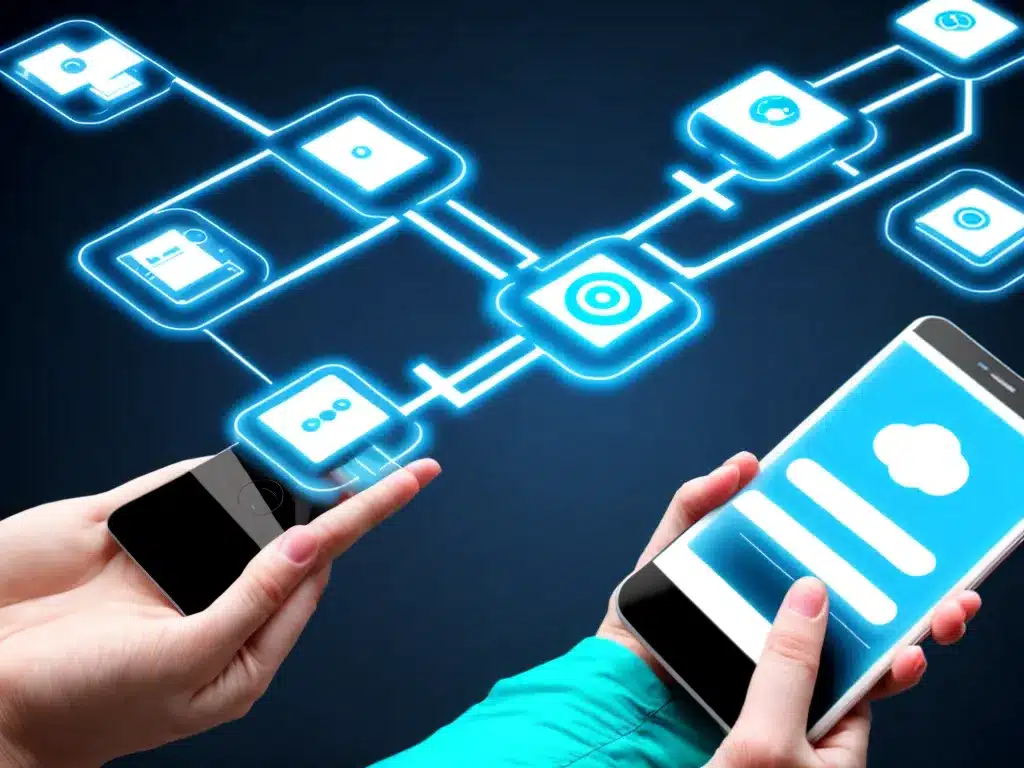
The Growth of IoT: How Connected Devices Are Impacting Our Lives
The Internet of Things (IoT) refers to the billions of physical devices around the world that are now connected to the internet, collecting and sharing data. IoT represents a major evolution in the way we live and work that will have a lasting impact on our homes, cities, environment, and society as a whole.
The Explosion of Connected Devices
The number of IoT devices being used globally is skyrocketing. There are 8.74 billion IoT devices in use worldwide as of 2020, up 31% from 2019. This number is expected to surpass 25.4 billion by 2030, according to Juniper Research. The growth is being driven by reduced costs for key components like sensors and processors, improved connectivity infrastructure like 5G networks, and increased demand for automation and data insights across industries.
Some of the most common IoT devices used today include:
- Smart home devices: Smart speakers, security cameras, thermostats, appliances, lighting, and more
- Wearable tech: Fitness trackers, smart watches, medical devices
- Industrial IoT: Sensors, robots, vehicles, and equipment in factories
- Smart city infrastructure: Traffic sensors, cameras, streetlights, waste management
As prices continue to fall and new use cases emerge, IoT adoption will accelerate rapidly in the coming decade.
Enhancing Our Homes and Cities
IoT devices are making our homes smarter and more automated. Using a smart speaker like an Amazon Echo or Google Home, I can use voice commands to control appliances, adjust lighting, play music, get information, and more. Smart thermostats like Nest allow me to adjust temperatures and create heating/cooling schedules from my phone, helping reduce energy costs.
On a broader scale, IoT deployment in smart cities can help solve traffic congestion, improve public safety, monitor pollution, manage infrastructure, and more. Networks of sensors and cameras feed data to AI-powered systems that optimize traffic patterns in real-time. Smart street lighting adjusts based on real activity, providing light when and where it’s needed. IoT-enabled infrastructure will make our cities more livable, efficient, and sustainable.
Streamlining Business Operations
Within business and industry, IoT connectivity allows for advanced automation, analytics, and communication between people and machines. In manufacturing, networked sensors can monitor equipment to predict failures before they occur, avoiding costly downtime. Logistics companies use IoT tracking to gain greater visibility into supply chains. Retailers are using smart shelves with built-in sensors to automatically track inventory.
Across all sectors, IoT creates data-rich environments that let organizations glean powerful insights to improve processes and decision making. According to IDC, global spending on IoT is expected to reach $1.1 trillion by 2023 as more enterprises adopt these technologies.
Benefits and Risks
The rise of IoT connectivity has potential benefits as well as risks. IoT gives us greater control and visibility over homes, cities, and workplaces. But with everything connected, security issues around data and privacy become more pronounced. There are also concerns about automation displacing jobs and the broader effects of algorithms/AI on society.
However, the tremendous innovation and progress enabled by IoT makes the genie impossible to put back in the bottle. With thoughtful management, we can maximize the benefits of a more connected world while minimizing the pitfalls. The success of IoT means we all must adapt quickly to the profound changes it will bring.
Looking Ahead
As IoT devices proliferate, the amount of data being generated is exploding exponentially. By 2025, IDC predicts there will be over 41 billion connected IoT devices generating over 79 zettabytes of data. As consumers, we will have access to more real-time information and control than ever before.
For businesses across industries, thriving in an IoT world requires new strategies for managing data, protecting systems, and leveraging AI/ML to deliver insights. As citizens, we need to pay close attention to how our cities, infrastructure, and society adapt to pervasive connectivity. One thing is certain – with IoT transforming our homes, workplaces, and cities, the future will be far more connected than ever before imagined.












